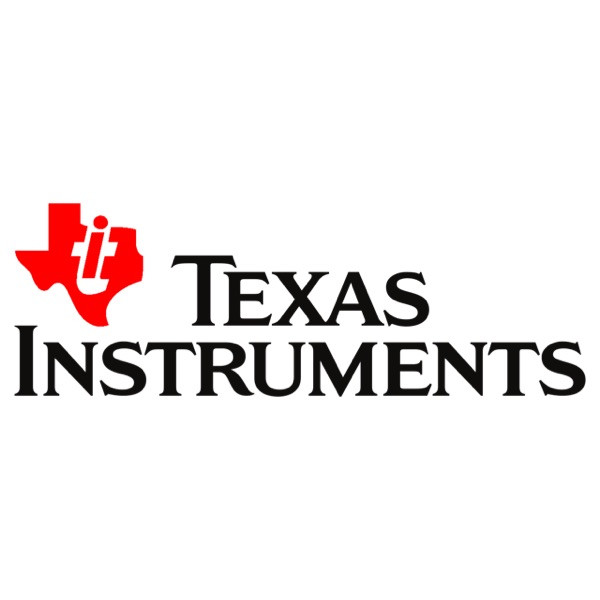Low power eight channel repeater with crosspoint
20-10-2016 | Texas Instruments | Power
Texas Instruments’ DS280MB810 is an extremely low-power, high-performance eight-channel linear equaliser supporting multi-rate, multi-protocol interfaces up to 28Gbaud. It is used to extend the reach and improve the robustness of high-speed serial links for backplane, front-port, and chip-to-chip applications.
The device includes a full 2x2 crosspoint switch between each pair of adjacent channels which enables 2-to-1 multiplexing and 1-to-2 de-multiplexing applications for failover redundancy, as well as signal cross-over to aid PCB routing. The crosspoint can be controlled through pins or the SMBus register interface.
The linear nature of the device’s equalisation preserves the transmit signal characteristics, thereby allowing the host and link partner ASICs to freely negotiate transmit equaliser coefficients (100G-CR4/KR4). This transparency to the link training protocol facilitates system-level interoperability with minimal effect on the latency. It supports two-level and four-level pulse amplitude modulation (PAM) for symbol rates up to 28Gbaud and peak signal amplitude within the linear operating range.
Each channel operates independently, and every channel can be configured uniquely. In most application scenarios, the same configuration can be used regardless of data rate.
The device’s small package dimensions, optimised high-speed signal escape, and the pin-compatible Retimer portfolio make it ideal for high-density backplane applications. Simplified equalisation control, low power consumption, and ultra-low additive jitter make it suitable for front-port interfaces such as 100G-SR4/LR4/CR4. The small 8mm × 13mm footprint easily fits behind numerous standard front-port connectors like QSFP, SFP, CFP, and CDFP without the need for a heat sink.
Integrated AC coupling capacitors (RX side) eliminate the need for external capacitors on the PCB. The device has a single power supply and minimal need for external components. These features reduce PCB routing complexity and bill of materials cost.
The device can be configured either via the SMBus or through an external EEPROM. Up to 16 devices can share a single EEPROM. 4279774

By Electropages Admin

DS280MB810

